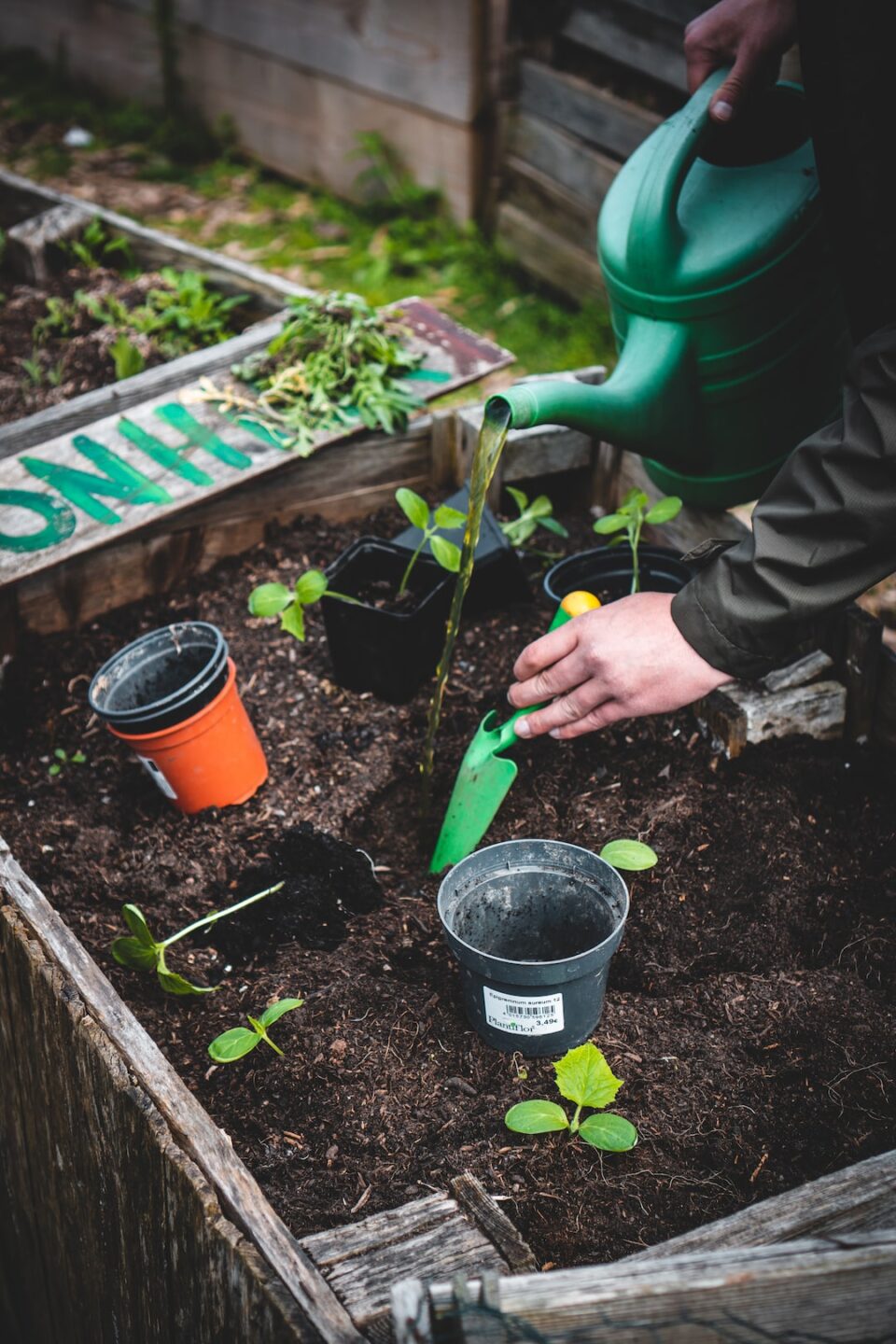Plant Propagation: Easy Techniques for Multiplying Your Favorite Plants
Do you have a favorite plant that you wish you could multiply and have more of? Well, you’re in luck! Plant propagation is a simple and rewarding technique that allows you to create new plants from existing ones. Whether you’re a seasoned gardener or just a beginner, these easy techniques will help you multiply your favorite plants and expand your garden.
One of the most common and straightforward methods of plant propagation is through stem cuttings. This method involves taking a section of a healthy stem from a parent plant and encouraging it to develop roots and become a new plant.
To start, identify a stem on your favorite plant that is healthy and has some leaves on it. Using a sharp and clean pair of garden shears, make a clean cut just below a node, which is the point where the leaf joins the stem. Nodes contain the hormones needed for root development, making them an ideal starting point for new plants.
Once you have your cutting, strip off the lower leaves, leaving only a few at the top. Lower leaves can rot under the soil, so it’s best to remove them to prevent any issues. Dip the cut end of the stem into a rooting hormone, which will promote root development, and then place the cutting into a small pot filled with a well-draining potting mix. Keep the soil moist but not waterlogged and place the pot in a warm and bright location, but out of direct sunlight.
After a few weeks, you should start to see new roots forming. To check, gently tug on the stem, and if you feel resistance, it means the roots have started to develop. Once the roots are well established, you can transplant the new plant into a larger container or directly into your garden.
Another popular method of plant propagation is through division. This technique is often used for plants that have clumping or spreading growth habits, such as ornamental grasses or certain perennial flowers. To divide a plant, dig it out of the ground carefully, ensuring you don’t damage the roots. Use a sharp knife or shovel to separate the plant into smaller sections, making sure each section has a healthy root system and some shoots or leaves.
Replant the newly divided sections in their desired locations, ensuring they receive adequate water and nutrients. Dividing plants not only allows you to multiply your favorite specimens but also helps rejuvenate overcrowded plants, promoting healthier growth and more abundant blooms.
If you have a plant with long trailing stems, such as ivy or pothos, you can easily propagate them through stem or tip cuttings in water. Simply cut a small section from the end of a healthy stem, remove the lower leaves, and place it in a glass or jar filled with water. Change the water every few days to prevent it from stagnating. After a few weeks, you should see roots forming. Once the roots are a few inches long, you can transfer the cutting into a pot with soil and continue caring for it as you would any new plant.
For those with a green thumb, grafting may be an exciting technique to try. Grafting involves joining two plant parts together, typically a scion (top part of the plant) with a rootstock (bottom part), to create a new plant with desirable traits. This method is commonly used in fruit tree propagation, allowing gardeners to combine the fruiting qualities of one tree with the vigorous root system of another.
While grafting can be more complex and may require some experience, it is a fantastic way to create unique and specialized plants. There are various grafting techniques to choose from, such as whip and tongue or cleft grafting. However, it is highly recommended to thoroughly research and learn the specific techniques before attempting grafting.
Plant propagation opens up a world of possibilities for gardeners and plant enthusiasts. Whether you choose to replicate your favorite plants through stem cuttings, division, water propagation, or venture into the world of grafting, the satisfaction of seeing new growth and watching your garden expand is truly rewarding. Experiment with these techniques and let your garden flourish with the plants you love!

